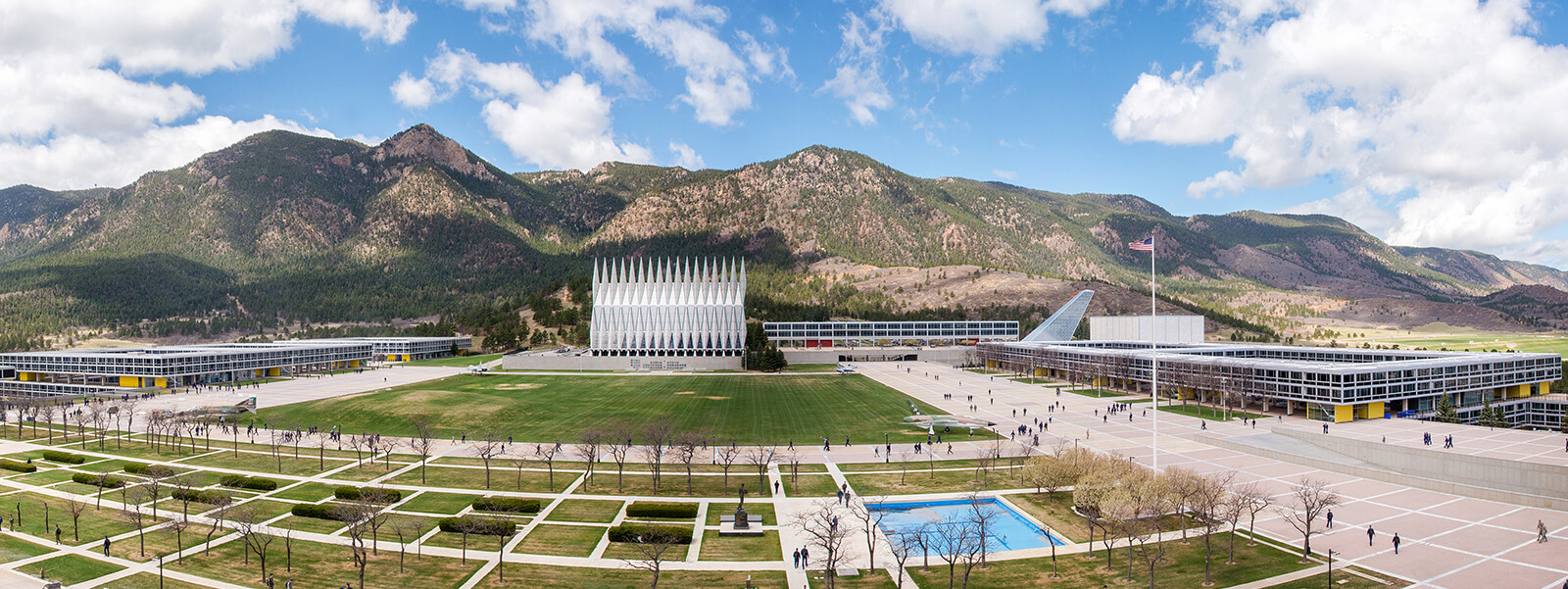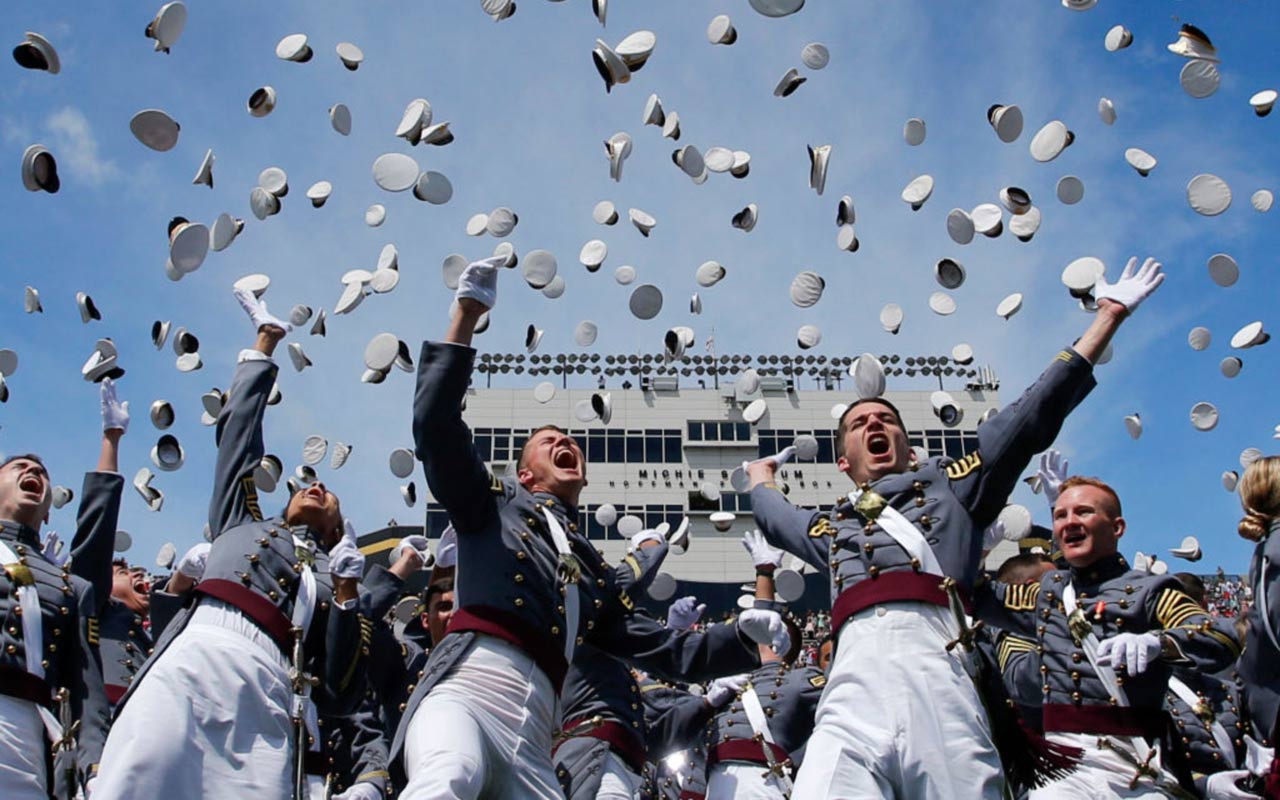Academy On Military Drive - 55°44′17″N 37°34′40″E / 55.73806°N 37.57778°E / 55.73806; 37.57778 Latitude: 55°44′17″N 37°34′40″E / 55.73806°N 37.57778°E / 55.73806; 37.57778
M.V. Frunz Military Academy (Russian: Military Academy named after M.V. Frunz), or in full M.V. Frunz Military Order of Lenin and October Revolution, Red Banner, Order of Suvorov Academy (Russian: Military Order of Lenin and October Revolution, Red Banner, Order of Suvorov Academy named after M.V. Franz), Military Academy of the Soviets and later the Russian Armed Forces.
Academy On Military Drive

Founded in 1918 to train officers for the newly formed Red Army, the academy was one of the most prestigious military educational institutions in the Soviet Union. Originally named the General Staff Academy of the Red Army, it played a role similar to that of its pre-revolutionary predecessor, the Imperial Nicholas Military Academy, which named Mikhail the Military Academy in 1921 and the M.V. It was honored as the Franz Military Academy. Franz, Commandant of the Academy.
Oak Ridge Military Academy (2023 Profile)
It became an elite staff college in the 1930s with the addition of courses for junior command officers, which were transferred to the newly formed Military Academy of the General Staff in 1936. By this time the Red Army's top commanders were mostly graduates of the Academy. During World War II, large numbers of crews and studs were called up to fight. Won many decorations and awards, including 244 Heroes of the Soviet Union and 18 Heroes of the Soviet Union. Training and research at the academy continued throughout the war.
The academy continued to train officers for the Soviet Armed Forces after the war, serving as a stepping stone for those recommended to the higher command before joining the Military Academy of the General Staff. It is considered the most prestigious of all Soviet military academies, taking three years of study to prepare captains or high-ranking officers for higher commands. The academy also offers research and postgraduate degrees in various aspects of military studies. Between 1934 and 1988, 722 graduates of the Academy were awarded the title of Hero of the Soviet Union, while the Academy received the Order of Lin, the Order of Suvorov First Class and the Order of the October Revolution.
After the dissolution of the Soviet Union in 1991, the Academy continued to operate. In 1998 it merged with the Malinovsky Military Armored Forces Academy and the Vistrel Officer Training Course to form the Combined Arms Academy of the Armed Forces of the Russian Federation.
Mikhail Franz, posthumous 1929 portrait by Isaac Brodsky. Commandant of the Academy between 1924 and 1925, and later its name.
Things You Need To Know About Getting Into A Military Service Academy
The establishment of an academy for the training of command and staff officers was an innovation of the Imperial era held at the Imperial Nicholas Military Academy. With the outbreak of World War I, classes at the academy were suspended. Special wartime courses for staff officers were briefly opened from 30 October 1916 at the initiative of General Mikhail Alekseev, but closed at the end of April 1917.
The Red Army's early battles in the first phase of the Russian Civil War demonstrated that battlefield commands could not be given to ex-servicemen and soldiers with little experience with strategy or leadership.
On 7 October 1918 the Revolutionary Military Council ordered the establishment of the General Staff Academy of the Red Army in Moscow and assumed the functions of the Imperial Era General Staff Academy.

With the official opening of the academy on 8 December 1918, the stud's first intake was 183, joining on 25 November of the same year.
Legacy Preparatory Charter Academy
It was named the Military Academy of the Red Army on 5 August 1921. Several years later on 5 November 1925, it was named M.V. in honor of Mikhail Franz. It was named the Franz Military Academy. He headed the Academy between 19 April 1924 and his death on 31 October 1925.
Higher courses were added in 1921 and expanded in 1925 to form courses known as KUVNAS which previously provided advanced training in military science to graduates.
These courses became the basis of the Military Academy of the General Staff, which was split from the Franz Military Academy in 1936.
The Academy was granted the Order of Lynn on 18 January 1934 and M.V. It later became known as the Order of the Red Banner of the Lin Military Academy. Franz.
Academy Sports + Outdoors Case Study
The Academy moved in August 1937 to a new building designed by Lev Rudnev. The training for that semester started from September 1.
The Academy, like many other Soviet military educational institutions, suffered during the great purges of the late 1930s. The Commandant and several Sir Department Heads and Professors were arrested and executed with little justice.
After the Axis invasion of the Soviet Union in June 1941, many of the Academy's students and teachers were assigned to active roles. Between June and July 1941, 43 generals and 167 senior officers from the academy were sent to the front, many of them taking high positions in the Soviet defense effort.

Four regimental commanders, eleven infantry commanders and chiefs of staff, 42 division chiefs, 21 division commanders, six corps commanders and chiefs, 22 army headquarters and forty people. - Four to forward headquarters.
Rokaf Air Chief Gains Insight Into The Academy's Mission > United States Air Force Academy > News Display
Those at the academy were soon busy preparing defense lines and fortifications around Moscow and training militia units.
Training efforts continued throughout the war, with commanding officers continuing with a shorter program to link regiment and division levels and from 1944 to division and corps levels. To fill the shortage of manpower, those who had completed secondary education and qualified as junior lieutenants were also rounded up.
As the war progressed, combined arms officers were also trained in division and corps units by 1944.
Scientific research work continued on the experience gathered during the war operations and summaries of front-line combat operations, tactical manuals, military geography and the history of military art.
Nease Njrotc Top Cadets Attend Leadership Academy
On 21 February 1945 the Academy was awarded the Order of Suvorov First Class by the Presidium of the Supreme Soviet of the USSR and became a Military Academy of the Red Banner Order of Linn and Order of Suvorov First Class named after M.V. Franz.
After the war, the academy continued to train combined arms officers, established a faculty to incorporate strategic and tactical innovations developed during World War II, and made further advances in science and technology.
With the development of nuclear weapons, the academy trained officers in the use of tanks, motorized rifle units, aviation and artillery in nuclear warfare.

In 1978 it received the Order of the October Revolution, Order of Lin and the Red Banner Order of the October Revolution, Suvorov Military Academy as M.V. Franz.
Providence Police Kick Off Recruitment Drive For 71st Training Academy
By 1979, the Academy had chairmen of operational-strategic departments such as 'Marxism-Leninism, CPSU history and party-political work, as well as history of war and military art, foreign languages and other subjects.
After the dissolution of the Soviet Union in 1991, the Academy continued its activities in training officers for the Russian Armed Forces. On August 29, 1998, Government Decree no. 1009, the academy formed the Combined Arms Academy of the Armed Forces of the Russian Federation in conjunction with the Malinovsky Military Armored Forces Academy and Vistrel Officer Training Courses.
In 1981 Soviet troops and officials. By the 1980s, many high-ranking officers of the Soviet Ground Forces were graduates of the Academy.
In 1936, with the division of higher strategic courses into the new Military Academy of the General Staff, the Franz Military Academy contracted to prepare officers for combined arms warfare.
Leadership Military Academy
Most of the studs belonged to the Soviet Ground Forces, but there were other services, notably the Air Force and Air Defense Forces.
According to work done in the late 1970s, about a third of students graduated from the country's Suvorov military schools.
After they complete their studies, graduates are usually eligible for promotion to the rank of chief. In addition to Soviet officials, studs were also drawn from the armed forces of the Warsaw Pact and other allied countries.

During the Soviet period, the academy had operational-strategic departments, Marxism-Leninism, history of the Communist Party and its work, history of war and military art, foreign languages and other departments.
Charlie Company Wins 18th Annual Coat Drive Competition
The Academy also has an important center for military science research, offering postgraduate and research programs leading to the award of candidate or doctoral degrees.
Candidates join the academy after graduating from one of the top military training colleges and serving some time in active service. After graduating from the academy and later attaining the rank of colonel or equivalent, the most capable candidates were considered for the General Staff Academy, the highest ranks and ranks of the Soviet Army.
The commandant of the academy usually holds the rank of geral. By the late 1970s between twenty-five and fifty general officers were teaching at the academy.
In between
West Point Museum, United States Military Academy
Military service academy, academy on southwest military drive, military academy in california, the military academy, military academy prep schools, military academy for teens, military academy colleges, military academy schools, hargrave military academy, leadership military academy, military academy near me, american military academy
0 Comments